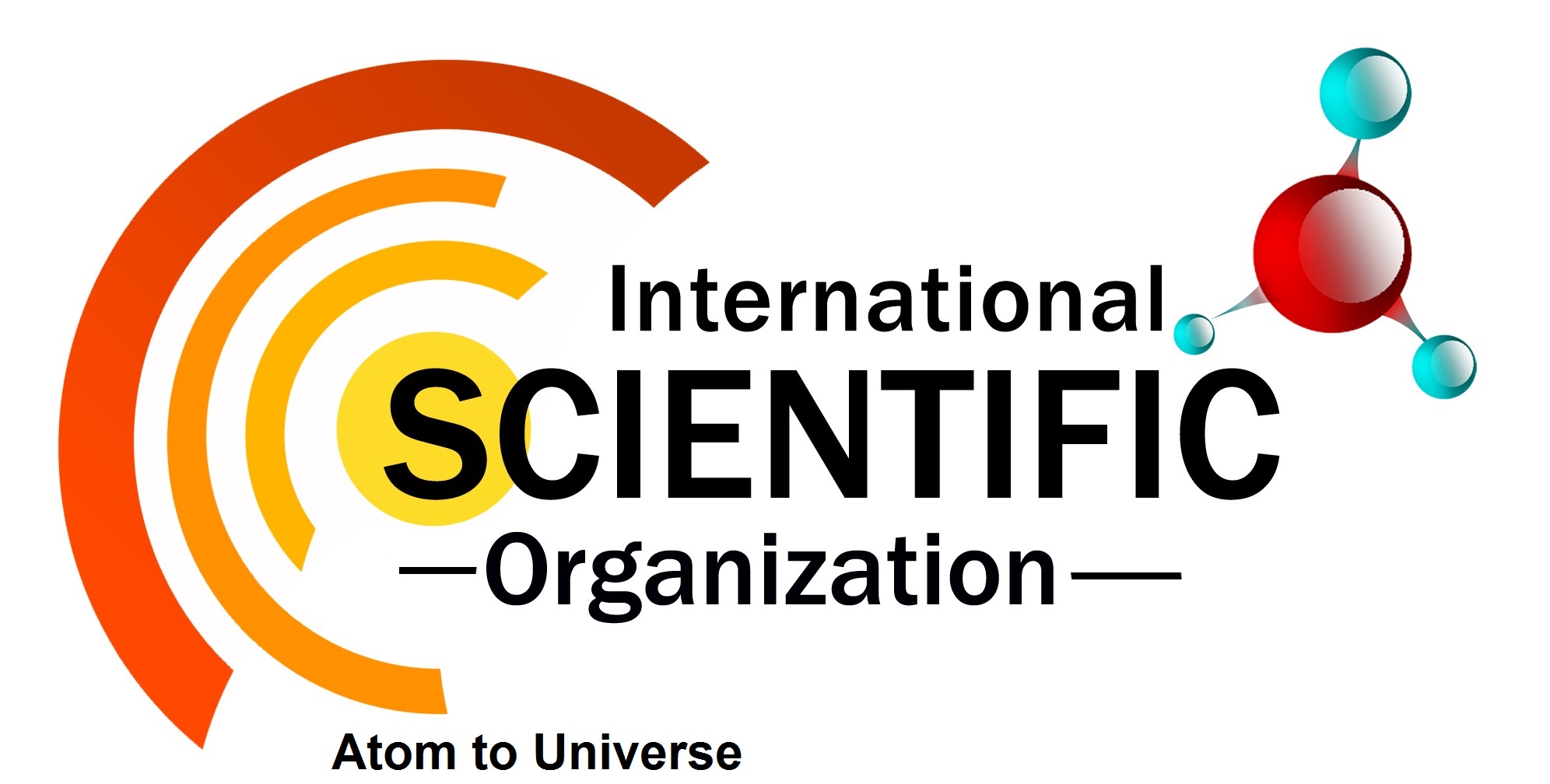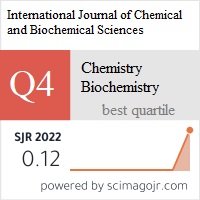International Journal of Chemical and Biochemical Sciences (ISSN 2226-9614)[/vc_column_text][/vc_column][/vc_row]
VOLUME 25(19) (2024)
The Evaluation of Marine Sponge–Associated Bacteria Microcapsule to Control Vibriosis in the Shrimp Culture
Sarjito Sarjito1, Rosa Amalia1, Aninditia Sabdaningsih2*
1Department of Aquaculture, Faculty of Fisheries and Marine Science, Universitas Diponegoro, Semarang, 50275, Indonesia.
2Department of Aquatic Resources, Faculty of Fisheries and Marine Science, Universitas Diponegoro, Semarang, 50275, Indonesia.
Abstract
The most frequent disease on vannamei shrimp is caused by Vibrio sp. bacterial infection. Vibrio sp. might cause a serious production loss in the shrimp culture, leading to larvae and mature stadium mortality at 50%. To date, vibriosis disease has yet to be controlled properly. Therefore, sponge-associated bacteria are used as an alternative to control vibriosis disease in shrimp. To maintain and protect the potential bacteria from unfavorable environmental influence, combining the ability of sponge-associated bacteria and encapsulation technology is necessary. This research aimed to evaluate the viability, shelf life, anti-vibrio activity, and structure characteristics under Scanning Electron Microscope (SEM) of Bacillus spp. microencapsulation using alginate, chitosan, as well as Arabic gum. The method of viability test used Total Plate Count (TPC) and to reconfirm the antibacterial test was conducted using plug agar method. The result indicates that the B. altitudinis PH.1 coated with chitosan show the highest viability at 1.8×108 CFU/ml after 14 days preserved in -20°C. The moisture content of this treatment revealed 17% as the highest than the other treatment, therefore the predicted shelf life for chitosan coated reach 9.1 years. Furthermore, the antivibrio of B. altitudinis PH.1 show the strong activity with clear zone inhibition at 16.07 mm against Vibrio alginolyticus. The structure of B. altitudinis PH.1 under SEM observation was irregular shape and size. Therefore, this study found that chitosan could be an alternative source to preserve a potential bacterium using microencapsulation technology.
Keywords: Alginate, bacterial microcapsules, chitosan, Vannamei shrimp, Vibrio sp.
Full length article – PDF *Corresponding Author, e-mail: aninditiasabdaningsih@live.undip.ac.id Doi # https://doi.org/10.62877/2-IJCBS-24-25-19-2
International Scientific Organization- Atom to Universe
Journals
- International Scientific Organization
- International Journal of Chemical and Biochemical Sciences (IJCBS)
- Volume 27 (2025)
- Volume 26 (2024)
- Volume 25 (2024)
- Volume 24 (2023)
- Volume 23 (2023)
- Volume 22 (2022)
- Volume 21 (2022)
- Volume 20 (2021)
- Volume 19 (2021)
- Volume 18 (2020)
- Volume 17 (2020)
- Volume 16 (2019)
- Volume 15 (2019)
- Volume 10 (2016)
- Volume 14 (2018)
- Volume 13 (2018)
- Volume 12 (2017)
- Volume 11 (2017)
- Volume 9 (2016)
- Volume 8 (2015)
- Volume 7 (2015)
- Volume 6 (2014)
- Volume 5 (2014)
- Volume 4 (2013)
- Volume 3 (2013)
- Volume 2 (2012)
- Volume 1 (2012)
- Store
- Cart
- Account


